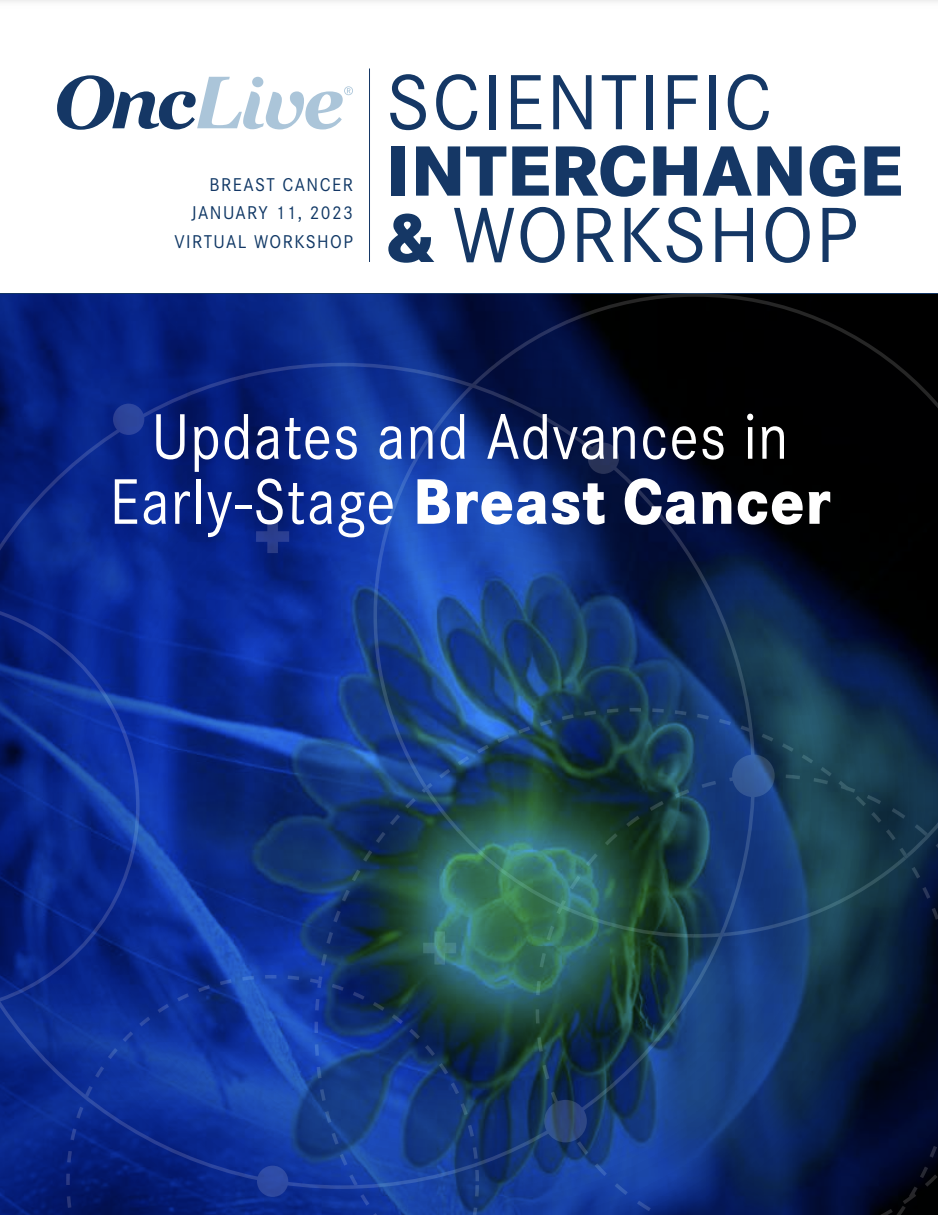Video
Dr. Herzog on the FDA Approval of Olaparib/Bevacizumab as Frontline Maintenance in Ovarian Cancer
Author(s):
Thomas Herzog, MD, discusses the data that led to the FDA approval of the combination of olaparib and bevacizumab for the maintenance treatment of patients with advanced ovarian cancer who are in complete or partial response to first-line platinum-based chemotherapy with bevacizumab and whose cancer is associated with homologous recombination deficiency–positive status defined by either a deleterious or suspected deleterious BRCA mutation, and/or genomic instability.
Thomas Herzog, MD, a professor of obstetrics and gynecology and deputy director at University of Cincinnati Cancer Institute, discusses the data that led to the FDA approval of the combination of olaparib (Lynparza) and bevacizumab (Avastin) for the maintenance treatment of patients with advanced ovarian cancer who are in complete or partial response to first-line platinum-based chemotherapy with bevacizumab and whose cancer is associated with homologous recombination deficiency (HRD)—positive status defined by either a deleterious or suspected deleterious BRCA mutation, and/or genomic instability.
Data from the pivotal phase 3 PAOLA-1 trial served as the basis for the approval. The results, which build on data from the phase 3 SOLO-1 trial, showed that the combination led to a 41% reduction in the risk of disease progression or death compared with bevacizumab alone in this patient population (HR, 0.59; 95% CI, 0.49-0.72; P <.001). After a median follow-up of 22.9 months, the median progression-free survival (PFS) was 22.1 months and 16.6 months with the combination and bevacizumab alone, respectively.
The benefit with the combination was seen in all-comers, says Herzog. However, data demonstrated that patients with tumors that tested positive for HRD, including tumors that had BRCA mutations derived the most benefit with olaparib (HR, 0.33; 95% CI, 0.25-0.45). In this subgroup, the median PFS was 37.2 months and 17.7 months with the olaparib combination and bevacizumab alone, respectively.
In those who had HRD-positive tumors without BRCA mutations, the median PFS was 28.1 months with olaparib/bevacizumab and 16.6 months with bevacizumab alone, respectively (HR, 0.43; 95% CI, 0.28-0.66).









